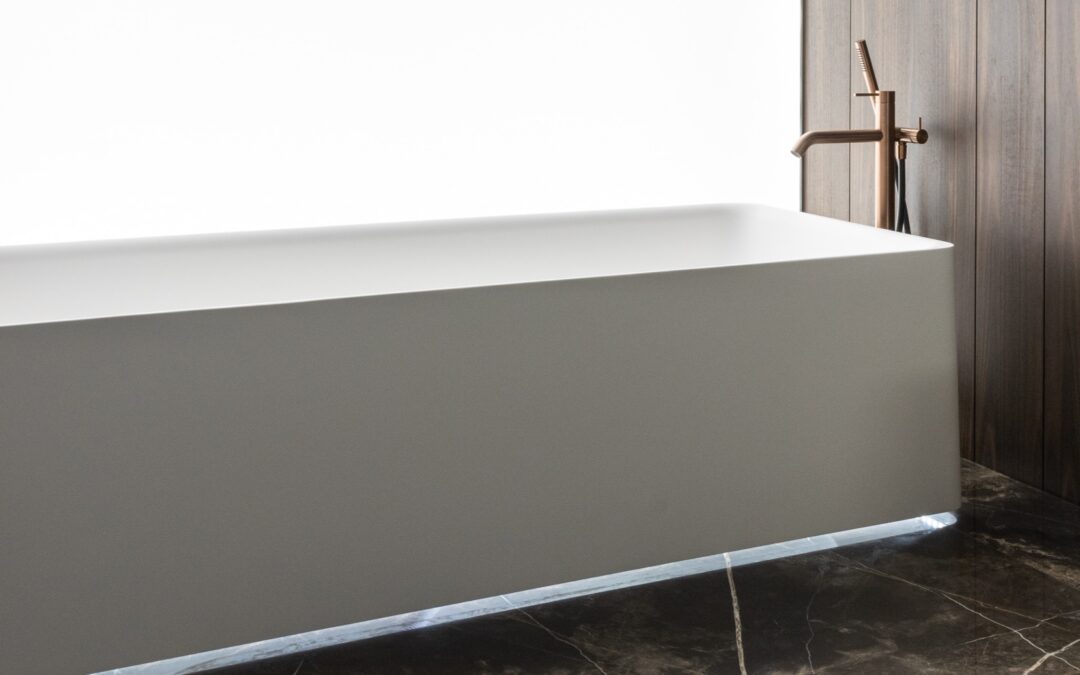You panic when your first instinct is to panic when you see the bathroom flooding. It’s not something anyone wants to see in their bathroom. Bathroom floods can be extremely stressful. If they continue for too long, they could even cause damage to your floors or walls.
You could have a clogged, broken or blocked pipe, or a back-up sewer drain. Whatever the cause, you need to get to work quickly to reduce the damage. Here are some things you can do to help yourself after a bathroom flooding.
What Causes a Bathroom Flood?
A bathroom flood can be caused by many things, but there are some more common causes. Your bathroom may be flooded due to a blocked drain or pipe, malfunctioning toilets, or a burst pipe.
Clogged pipes or drains are most likely caused by clogged toilets. Clogged pipes and drains can be caused by too much toilet paper being flushed down the toilet, or other things not intended to be flushed. You can block your drain or pipes with grease from the kitchen, animal fats, or baby wipes.
Another common reason for bathroom flooding is a malfunctioning toilet. A toilet that makes constant, loud noises when it is being refilled will most likely cause flooding. The toilet will make noise when it’s being refilled. Once it’s full, it stops making noise. If it makes noises continuously, the tank may still be full and you will likely end up with a flooding bathroom.
A bathroom clog can become a major problem if a pipe bursts. Winter can cause pipes to burst and crack as pipes freeze and thaw often. Repetitive heating and cooling can cause cracks in pipes. Pipes may burst if this happens enough. A plumbing company should be called immediately if you suspect you may have a burst pipeline.
How to Fix a Bathroom Flood
Your water supply must be shut off
If your bathroom floods, shut off the water supply immediately. This will stop water from flowing from the source and prevent any further damage. While it is natural to want to get towels or to soak up water, this will not work if there is still water.
To turn off the water, there are a few locations you will need to look. There is a knob located on the wall behind your toilet. This is where the toilet meets with the floor. The knob should be turned to the right so that the water valve shuts off.
If there is a flood coming from under the sink, there should ideally be a knob to turn off the water. If that doesn’t do the trick, you should call a plumbing company before doing any other work.
To absorb water, use towels
Once you’ve called the plumber or turned off the water, place towels on the floor to absorb the water. This is the best way to absorb the water. Do not stand in the water. It may not be safe to do so.
You should also ensure that your shoes have good grip when cleaning the water. Bathroom tiles can be slippery when wet. The last thing you want to do is get your hands on a bathroom flood.
Your floors and walls will be less damaged if you soak up water quickly. A wet vac, or a vacuum that suckers up water, will be even more effective than towels. To clean up the water, don’t use a regular vacuum. You can use fans to dry the water faster if you have fans.
Water Outlets Must Be Protected
If there are outlets in the bathroom that are near the floor, and flood waters are high from the water, you should turn off electricity. Bathrooms have typically higher outlets so this might not be an issue. However, if this is the case, make sure to do this before you enter the bathroom.
It’s likely that the water won’t rise to such an extent, but it’s better than sorry. If you are unable to turn off the electricity, don’t go into the bathroom. Instead, call a plumber and an electrician. After that, prepare supplies for flooding.
Circulate The Air
The water in a bathroom flooding could be either clean or back up sewer water. It doesn’t matter where the water came from, you will want to open windows so that air circulates. Even if water is not stale, it’s a good practice to bring fresh air into your home.
You can dry your floors faster and with less damage by allowing more airflow. To prevent floors from buckling, make sure windows are wide open if you have hardwood floors.

